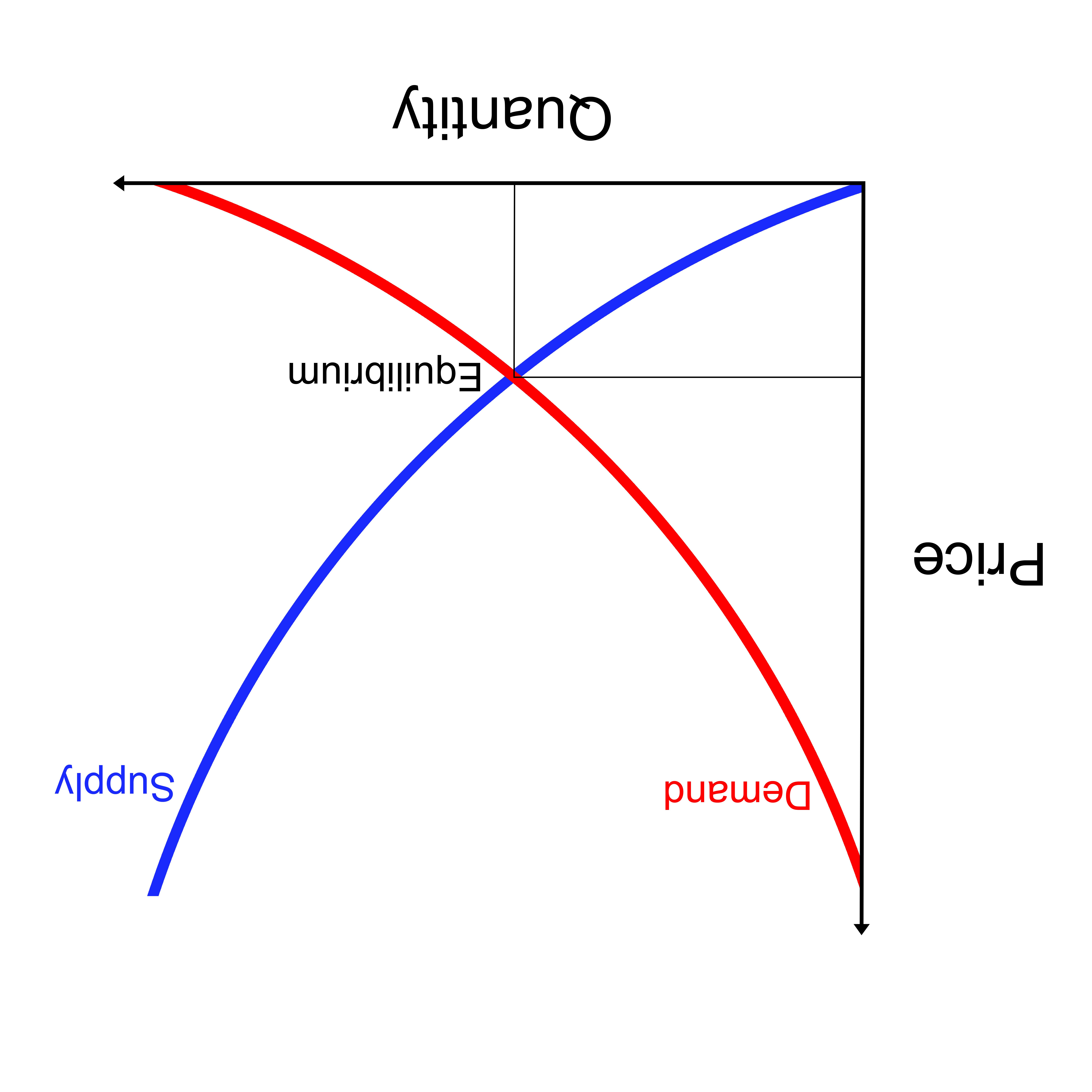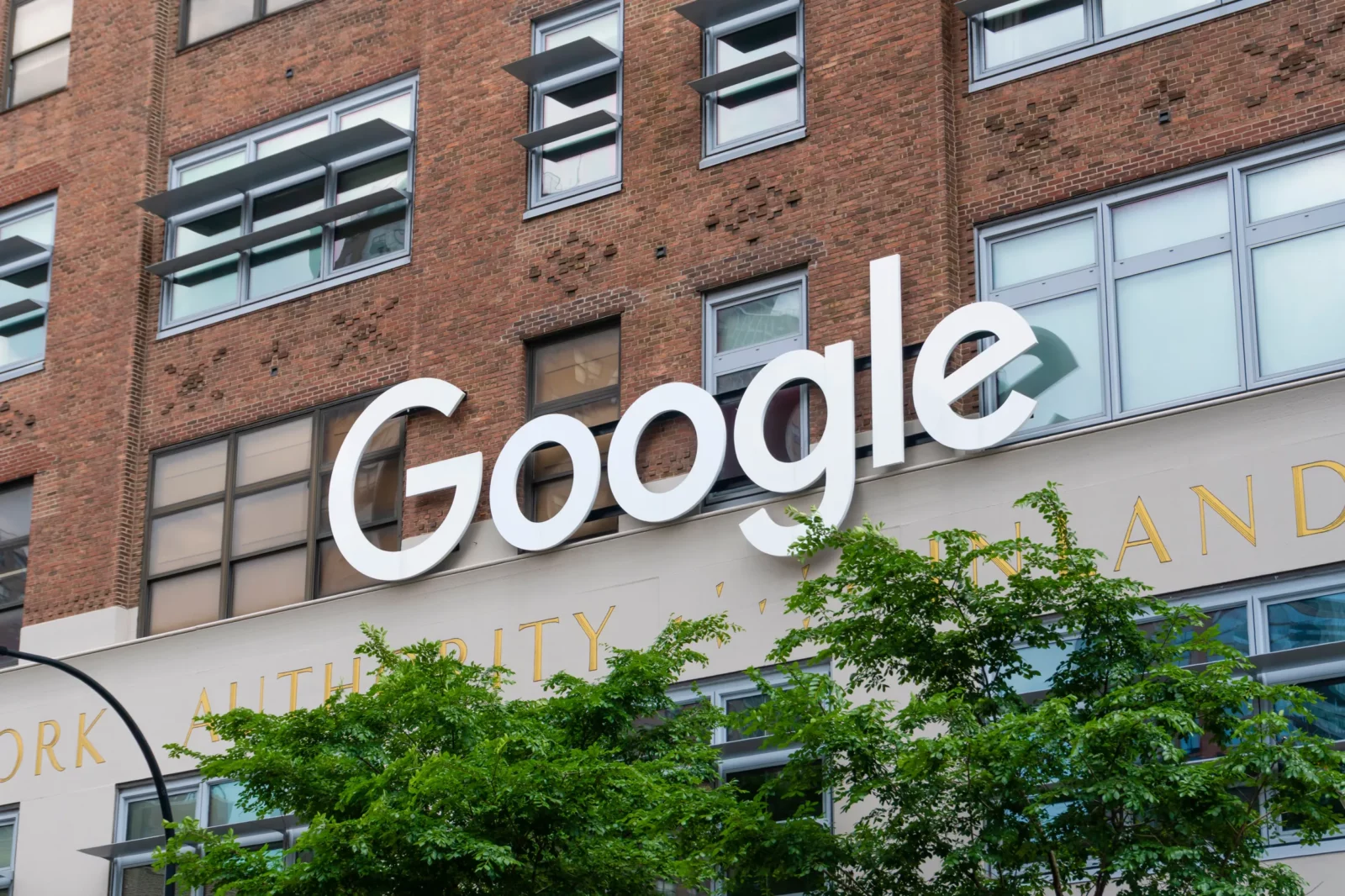Antitrust in 60 Seconds: No-Poach Agreements

The 60-Second Read:
Wage-fixing agreements, like price-fixing agreements, are a violation of antitrust laws. This applies not only to literal wage-fixing agreements, like an agreement not to pay above minimum wage, but also to many agreements that have the effect of suppressing wages. No-poach agreements, or agreements not to approach other companies’ employees to hire, are included in this category. Enforcement of this type of activity primarily started in the 2010 high-tech employee antitrust litigation, and has since developed through enforcement in many other industries.
What is a No-Poach Agreement?
Naked price-fixing is per se illegal under the antitrust laws, which means proof that the conduct occurred results in a violation regardless of reasonableness of the actions. This also applies to things like wage-fixing. If a group of companies in an industry agreed to pay their workers poorly, that’s a naked restraint on employee wages and would violate the antitrust laws.
But what about agreements that have the same effect as an agreement not to pay employees more? This is where things can get complicated. In 2010, the DOJ started to bring no-poach cases against high-tech companies for an agreement not to cold-call each other’s employees to offer them jobs. This had the alleged effect of suppressing wages, because companies will often offer higher salaries and better positions to woo high-performing employees away from their current employers. The companies settled both the government cases and the later class action lawsuits, so no new law was made in the form of judicial decisions. However, the antitrust agencies have been clear that they intend to pursue cases against agreements not to pursue employees from other companies, which is now commonly known as a no-poach agreement.
What is the origin of No-Poach Agreements?
Antitrust law has long been concerned with how to apply its prohibitions across all market distortions caused by inappropriate anticompetitive behavior. For example, antitrust law is not only concerned with unreasonable restraints by sellers, or abuse of monopoly power, but also unreasonable restraints by buyers, or abuse of monopsony power. However, monopsony case law has somewhat lagged behind. One of the most important monopsony cases Weyerhaeuser v. Ross-Simmons Hardwood Lumber wasn’t until 2007.
There are a few potential reasons for this. For example, although Weyerhaeuser tells us that “the close theoretical connection between monopoly and monopsony suggests that similar legal standards should apply to both sorts of claims,” monopsony cases have some quirks that can make it difficult to fit to monopoly case law. The biggest quirk is that the harms are expressed differently: abuse of monopoly power unfairly raises prices and abuse of monopsony power unfairly drives prices down. Indeed, Weyerhaeuser is so important because the Supreme Court makes clear that monopsony is the mirror image of monopoly and should be similarly analyzed and held unlawful where appropriate.
Another potential reason monopsony law is somewhat lagging is that several cases that had a strong potential to develop the law in the labor context, sports cases, were dismissed due to antitrust generally not applying to sports. Flood v. Kuhn is an example of this. Much of that changed in 2010, when the DOJ filed a complaint and settlement on the same day for “no cold call agreements.” This became known as a no-poach agreement, and enforcement against these types of agreements have expanded.
What Is the Current Status of No-Poach Agreements?
In 2016, the FTC and DOJ released the joint Antitrust Guidance for Human Resource Professionals. There the agencies state that “[a]agreements among employers not to recruit certain employees or not to compete on terms of compensation are illegal.” The guidance goes on to say:
Naked wage-fixing or no-poaching agreements among employers, whether entered into directly or through a third-party intermediary, are per se illegal under the antitrust laws. That means that if the agreement is separate from or not reasonably necessary to a larger legitimate collaboration between the employers, the agreement is deemed illegal without any inquiry into its competitive effects.
At the time of the guidance, each agency had pursued several wage-related cases. The DOJ filed a civil enforcement action against the Arizona Hospital & Healthcare Association and three no-poach cases against high-tech companies (eBay and Intuit, Lucasfilm and Pixar, and Adobe, Apple, Google, Intel, Intuit, and Pixar). All resulted in consent judgments. The FTC brought a case against Debes Corp. and a case against the Council of Fashion Designers of America. These cases also ended in consent judgments.
The agencies have maintained their focus on unlawful no-poach agreements, particularly the DOJ. In October 2016, the DOJ announced that they intended to proceed criminally against naked no-poach and wage-fixing agreements from that point forward. In 2018, the DOJ obtained a sweeping settlement in the rail industry in U.S. V. Knorr-Bremse. The DOJ has also filed statements of interest in a number of cases in the rail industry employee market, medical school faculty member market, and fast food franchise employee market.
No-poach law is still developing through these cases. The DOJ’s view on the current state of no-poach law can be seen in its statements of interest in the fast food cases. The DOJ summarized its view of the law as follows:
the [DOJ’s Antitrust] Division argued that a franchisor and franchisee are not automatically deemed to be a single entity and can be separate entities capable of conspiring within the meaning of Section 1. The United States also argued that naked, horizontal no-poach agreements between rival employers within a franchise system are subject to the per se rule. A restriction in a franchise agreement that forbids franchisees from poaching each other’s employees, however, is subject to the rule of reason in the absence of agreement among the franchisees because it is a vertical restraint. If there is alleged agreement among the franchisees, the restraint is subject to the rule of reason so long as it is ancillary; that is, separate from, and reasonably necessary to, the legitimate franchise collaboration. Moreover, the Division argued that the “quick-look” form of rule of reason analysis is inapplicable because the court should weigh the anticompetitive effects against the procompetitive benefits of franchise no-poach agreements that qualify as either vertical or ancillary restraints.
No-poach continues to be an active area of antitrust law, along with labor competition issues in general. This seems to have led to a general trend towards employers removing restrictions that would make it more difficult for employees to seek higher wages.
The Future Ahead for No-Poach
Antitrust agencies, especially the DOJ, have been aggressive in pursuing no-poach cases. They have also been clear in communicating what types of behavior the agencies believe to be in violation of antitrust laws. This is good in many respects in terms of clarity and consistency for the business and labor communities. However, we do not yet know if courts agree with the agencies’ interpretation of the law because these cases have largely settled. If a case does go to decision, it will be interesting to find out whether the judge agrees with the agencies’ interpretation of the law. A court may end up disagreeing with the agencies, either finding conduct lawful that the agency alleges is unlawful or going further than the agencies and finding certain vertical or ancillary conduct illegal per se.








